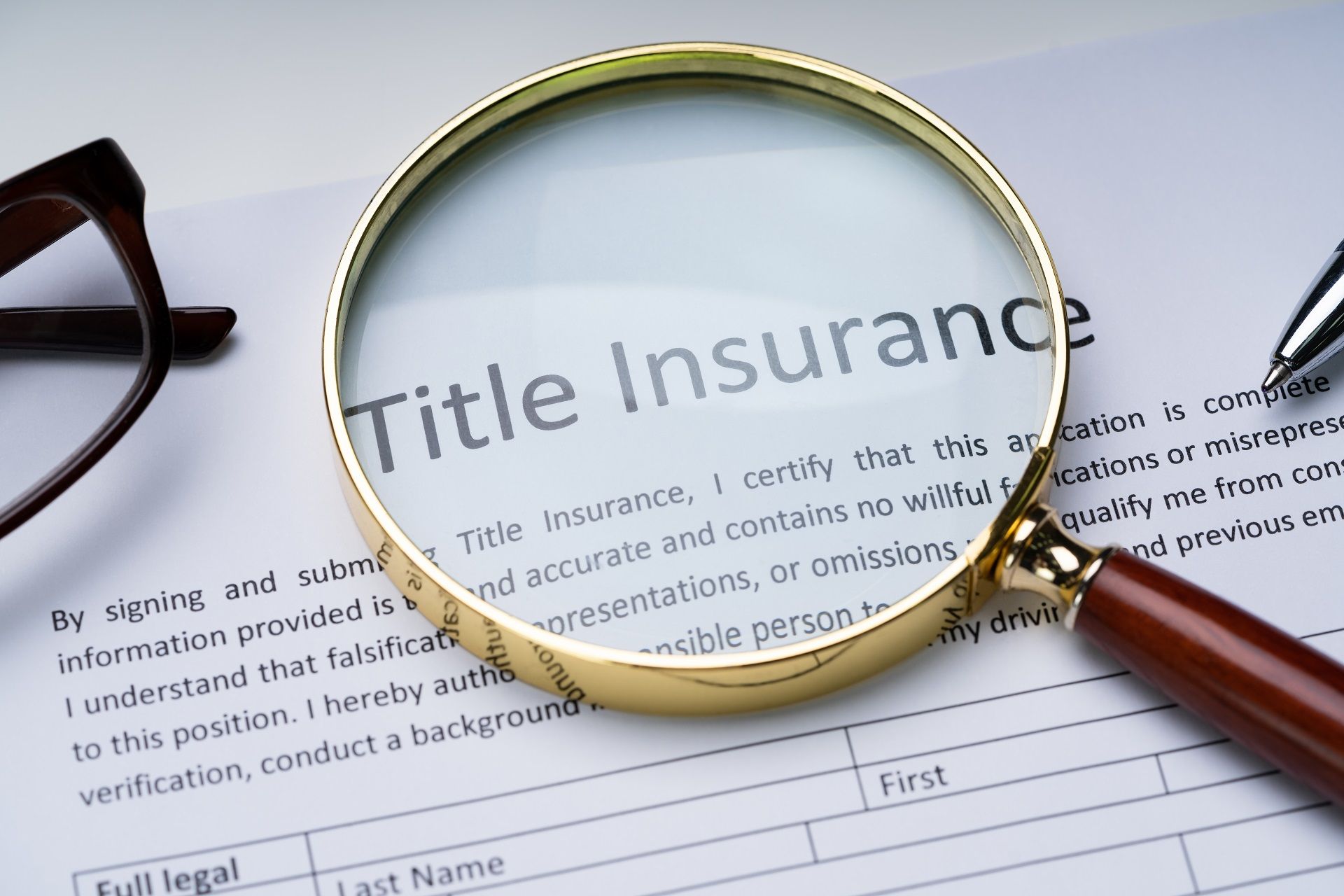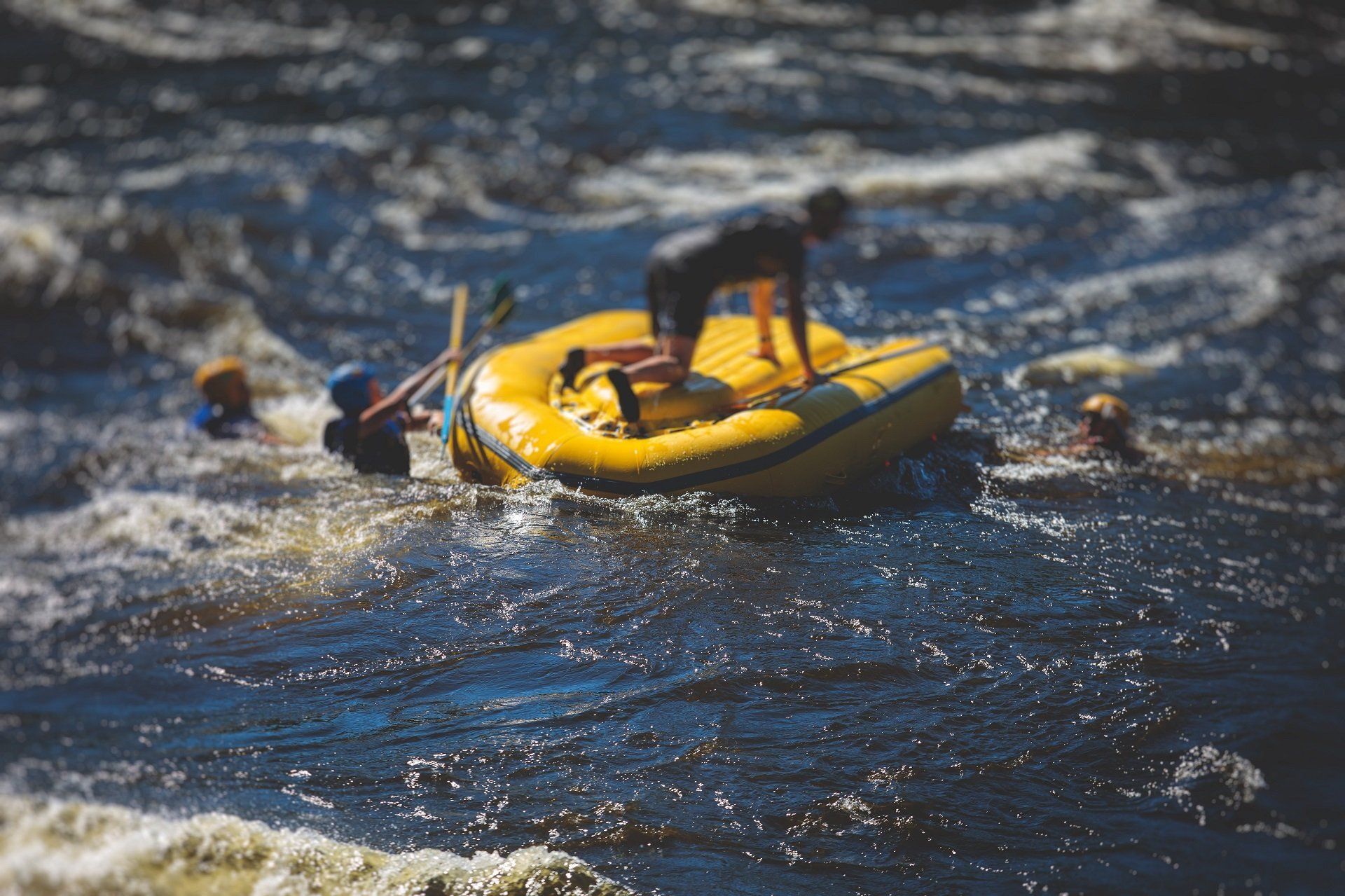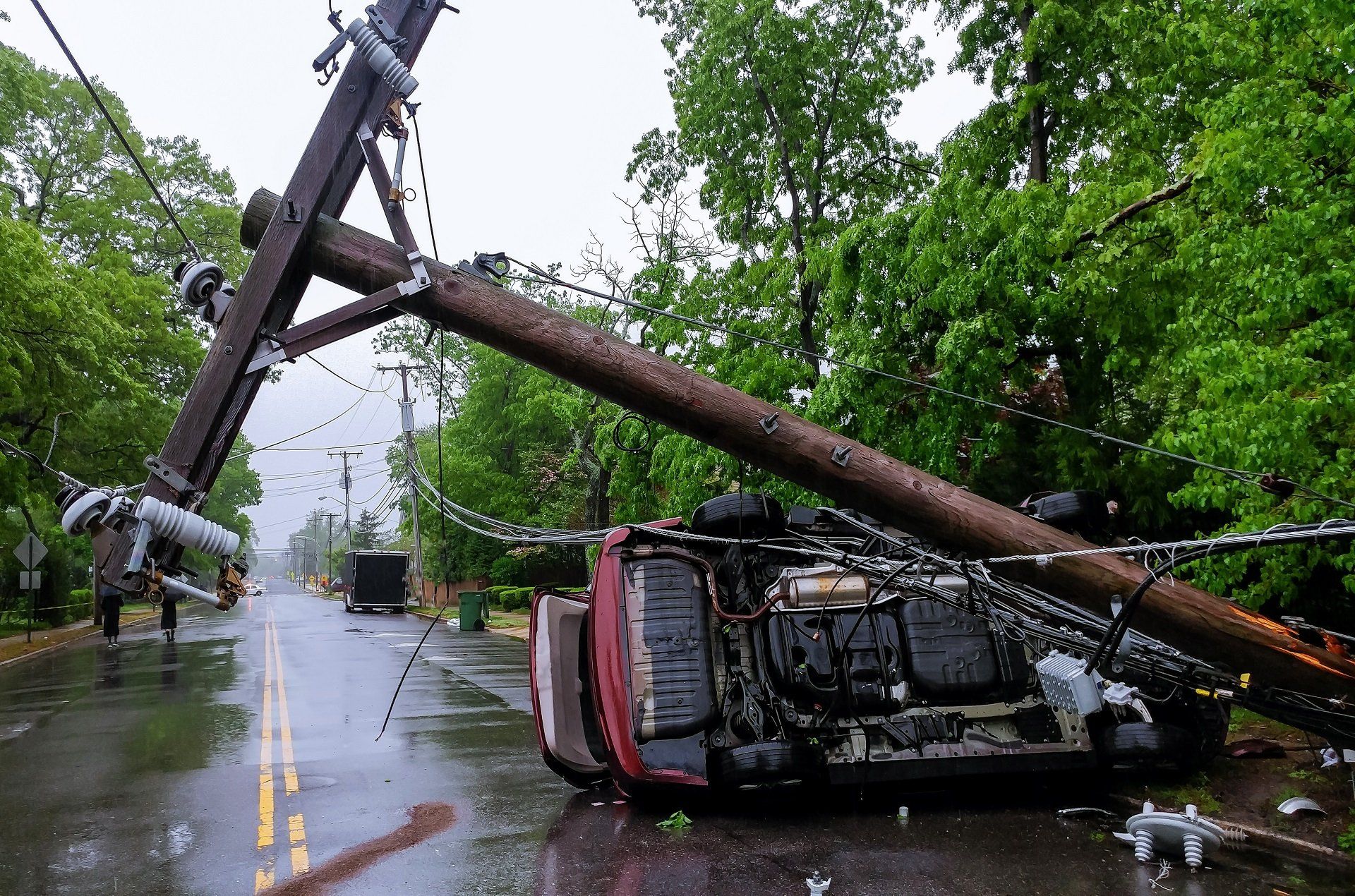Florida’s Bike Accident Death Rate Highest in Nation
Dec 20, 2016
Florida Bike Accident Death Rate Highest in Nation
Ride your bicycle, but be careful. Florida has the highest fatality rate for bicycle riders, in the nation.
Bicycling is great fun and exercise. Be sure to use caution when you are on your bike:
Wear brightly colored clothing.
Wear your helmet.
Make sure your bike has front, rear and side reflectors.
Stay off busy roads.
Obey ALL traffic signs.
If you ride on the sidewalk, STOP at all crossings and driveways.
DO NOT assume a driver sees you.
Proactive, cautionary measures save lives.
Happy cycling!
“TAMPA — The news for Florida in a comprehensive new report on bike accident death is dismal, leaving those who toil at the problem asking themselves whether to blame the roads or the people using them.
The report released earlier this month by the Centers for Disease Control and Prevention finds that Florida has the highest rate of bicycling deaths of any state in the nation — 0.57 per 100,000 people, more than double the nationwide rate of 0.23 per 100,000.
Perhaps more disturbing, while other states have found ways to dramatically cut bicycle deaths during two periods measured over the last three decades, Florida has barely made a dent — reducing the number less than 10 percent. Only Wyoming made a poorer showing.
“We’re not sure to what extent are the roadways dangerous, and how much of the problem is the number of people using the roadways,” said DeWayne Carver, bicycle and pedestrian coordinator with the Florida Department of Transportation.
Safety seems to be improving nationwide for bicyclists, with the number of deaths per 100,000 people declining 44 percent from 0.41 to 0.23 during the periods measured — the five years from 1975 to 1979 and the five years from 2008 to 2012. That’s according to the new CDC report titled “bike accident death Associated with Motor Vehicle Traffic — United States, 1975–2012.”
The steepest decline measured was among children younger than 15.
Still, according to the report, bicyclists die on U.S. roads at a rate double that of vehicle occupants, even though bicycle travel accounts for only about 1 percent of trips across all modes of transportation.
Professor Jason Vargo of the University of Wisconsin-Madison is a co-author of the report and told the Tribune he hopes it will help push the issue of bicycle safety to the national forefront at a time when U.S. adults are choosing to walk and cycle more.
“Cycling is an increasingly popular sport and kind of transportation,” Vargo said. “We’re really happy that the conversation’s been started.”
The CDC report got the attention of one man, at least, whose letter to the editor upon its release appeared in a half dozen Florida newspapers this month.
“I urge all readers of this newspaper,” wrote Wayne Bizer of Plantation, “whether they ride a bicycle or not, to write to their legislators in Tallahassee to request that the state investigate this terrible situation, to determine the causes and help reduce the needless slaughter on the roads of Florida.”
The state developed a plan for tackling the issue in the 2013 Florida Pedestrian and Bicycle Strategic Safety Plan, a 45-page report issued in 2013 by the Department of Transportation and the University of South Florida through its Center for Urban Transportation Research.
In a broad sense, the solution lies in the three E’s: engineering, education, and enforcement said Pei-Sung Lin, program director at the USF center, who worked with Carver of the transportation department on the 2013 plan.
From an engineering perspective, Lin said roads and speed limits in Florida were not created to accommodate cyclists and their safe travel.
One answer, he said, is simply making bike lanes wider.
The transportation department has indeed set a new standard for wider bike lanes on state roads, Carver said, expanding the minimum width from four feet to seven feet to give cyclists more room when traveling side-by-side with speeding motor vehicles. Carver said this can be done at little cost on existing roads by repaving them and reducing car lanes in some cases from 12 feet wide to 11 feet.
A longer-range solution the transportation department is working on is known as a complete streets policy, adopted last year. The policy calls for building roadways to match the context of their location. The busier the area, the narrower the motor vehicle lanes and the slower the speed.
“Once you can get the right street in the right place, that makes everything simpler,” Carver said.
Carver marveled at how effective a complete streets policy has been in New York City, saying the lower speeds make it easier for motorists to make a decision in busier areas with a lot of cycling.
Yet he admits, “There’s a limited amount you can do with infrastructure for bike safety,” and he laments how long and difficult the process can be to put policies into place statewide.
That’s where education and enforcement come into play, he said.
“The number one issue is motorist education,” said Alan Snel, a long-time Tampa bicycle advocate who co-founded the Seminole Heights Bicycle Club and now lives in Nevada. “They would curse and honk at you … drivers were just not used to a lot of bicyclists on the road,” he said.
USF’s Lin echoed Snel’s comments, saying drivers in Florida don’t expect to share the road with cyclists as much as in other states.
The solution: “Grassroots education,” Lin said.
The strategic safety plan created a “Walk Wise” program now in place in the Tampa and Fort Myers areas, presenting facts about roadway safety and asking people to become “worldwide ambassadors” by spreading the word. Lin said the program will soon target low-income areas where bicycles can be more prevalent and businesses statewide.
Pamphlets about bike safety are also being handed out, and those behind the strategic safety plan are seeking more money for stepped-up enforcement, perhaps targeting distracted drivers who might be texting instead of paying attention to the road.
Lin characterized this movement as a team effort: “It’s everyone’s responsibility.”
The CDC report is drawn from mortality rates, deaths on a per-capita basis, so it forms only part of the bicycle safety puzzle, say those working on the problem.
The CDC report acknowledges that “mortality rates based on population do not account for exposure to bicycling in the way that expressing deaths per unit time bicycling, distance traveled, or number of trips would.”
This means states like South Carolina, right in the middle of the U.S. population rankings and with few major metropolitan areas, might come off looking better than it should with its big decline in bicycle fatalities per 100,000 people.
“It looks like cycling safety has increased, but… the numbers in South Carolina are terrible,” said Amy Johnson Ely of the the state’s Palmetto Cycling Coalition.
Ely said the reason is that, contrary to the nationwide trend, fewer people are biking in her state than in the past.
In fact, The League of American Bicyclists, a Washington, D.C.-based nonprofit that advocates for cycling, ranks South Carolina 44th in its 2015 Bike Friendly Rankings. Florida ranks 24th.
The league’s Liz Murphy said fatalities “aren’t the only factor” in the rankings. State and local laws, federal funding and policies like complete streets also are considered.
The league rankings commend Florida for a bike safety emphasis in its strategic highway plan and in its safe passing law, which requires drivers to give cyclists three feet of space or more. The league suggests the state adopt a mobile phone ban for motorists and adopt specific, data-driven performance measures to decrease bicycle fatalities.
“Florida’s making great advances,” Murphy said, “but like every other state there’s room to grow.”
RECENT POSTS
CONTACT US
We will get back to you as soon as possible.
Please try again later.
Contact
Crary Buchanan
Contact Us
We will get back to you as soon as possible.
Please try again later.
VISIT US
759 SW Federal Hwy Suite 106
Stuart, FL 34994
All Rights Reserved.
This website is managed by Oamii.






